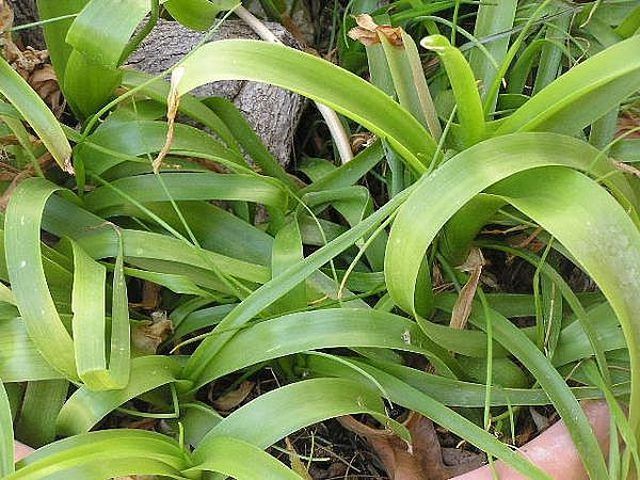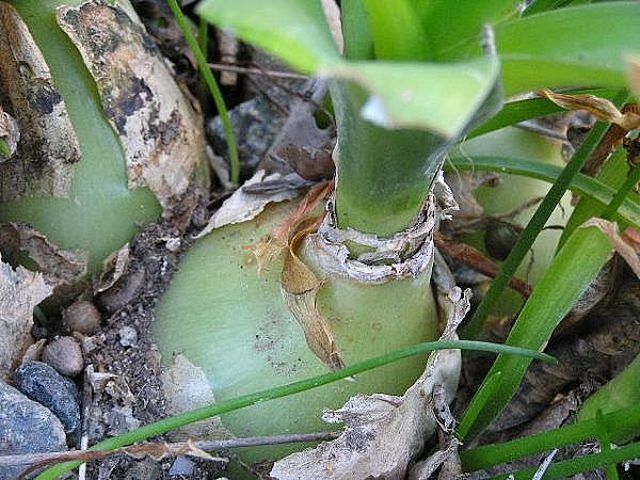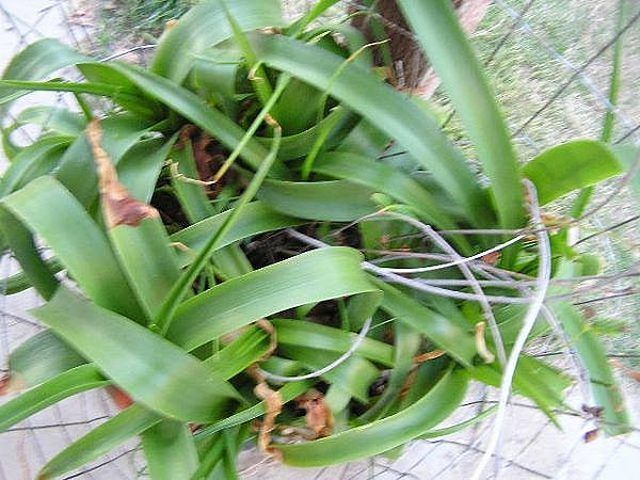Bulbs
Flower Basics
Flower Beds & Specialty Gardens
Flower Garden
Garden Furniture
Garden Gnomes
Garden Seeds
Garden Sheds
Garden Statues
Garden Tools & Supplies
Gardening Basics
Green & Organic
Groundcovers & Vines
Growing Annuals
Growing Basil
Growing Beans
Growing Berries
Growing Blueberries
Growing Cactus
Growing Corn
Growing Cotton
Growing Edibles
Growing Flowers
Growing Garlic
Growing Grapes
Growing Grass
Growing Herbs
Growing Jasmine
Growing Mint
Growing Mushrooms
Orchids
Growing Peanuts
Growing Perennials
Growing Plants
Growing Rosemary
Growing Roses
Growing Strawberries
Growing Sunflowers
Growing Thyme
Growing Tomatoes
Growing Tulips
Growing Vegetables
Herb Basics
Herb Garden
Indoor Growing
Landscaping Basics
Landscaping Patios
Landscaping Plants
Landscaping Shrubs
Landscaping Trees
Landscaping Walks & Pathways
Lawn Basics
Lawn Maintenance
Lawn Mowers
Lawn Ornaments
Lawn Planting
Lawn Tools
Outdoor Growing
Overall Landscape Planning
Pests, Weeds & Problems
Plant Basics
Rock Garden
Rose Garden
Shrubs
Soil
Specialty Gardens
Trees
Vegetable Garden
Yard Maintenance
How to Grow the Pregnant Onion (Ornithogalum longibracteatum)
How to Grow the Pregnant Onion (Ornithogalum longibracteatum). The Pregnant Onion is a plant that is easy to grow both indoors and outdoors where there are no hard frosts. It is an odd plant that people either adore (there are gardening groups dedicated to it) or hate! If you find it intriguing, here are some tips on growing the Ornithogalum...

The Pregnant Onion is a plant that is easy to grow both indoors and outdoors where there are no hard frosts. It is an odd plant that people either adore (there are gardening groups dedicated to it) or hate! If you find it intriguing, here are some tips on growing the Ornithogalum longibracteatum!
The Pregnant Onion gets its name from the fact it grows large and round and sends up baby bulblets all around its perimeters. It is native to South Africa so it will grow very easily outdoors in most similar climates like Southern California. If it gets well-draining soil, it will do fine in most of the southern states as well, but the soil needs to dry out somewhat between waterings. Otherwise, you can grow the Pregnant Onion outdoors during warm months or grow it year 'round as a houseplant.

Do not over water. This plant is a water-storing succulent so too much water will encourage it to rot. Nor is it a desert plant so don't leave it in scorching sun and dry sand. Outdoors it doesn't seem to be very fussy about soil, though it prefers a leaner soil rather than a rich one. As a houseplant, use a good all-round soil mix and let the soil dry out on top for at least an inch before watering again. Good drainage is important. Give it good light -- even full sun if you can -- if grown as a houseplant.
Hardy to the low twenties, it will grow long strap-like leaves that will die off as new ones form. The base of these leaves form a skin-like coating over the rounded base rather like an onion skin. You can peel off both dead leaves and 'onion skin' if you want.

In addition to the leaves, the swollen base will throw up a long flower spike studded at the top with many small white flowers decoratively striped in green. Unlike a true bulb, the plant does not die back into dormancy after blooming, but continues to put up leaves. Eventually, the Ornithogalum longibracteatum can produce a large clump of bulbs.
The Pregnant Onion is not an onion at all and is inedible. It can occasionally cause allergic skin reactions in some individuals. But it is a great conversation piece planted in the garden or in the house.